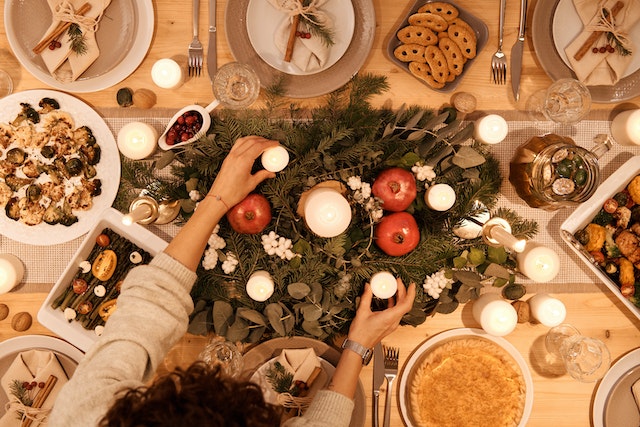The Christmas Tree: A Symbolic Journey from Paganism to Christianity
Has it ever bothered you that Christmas trees seem to be the only way to tell Christmas is near? Or have you wondered why houses hang artificial wreaths and garlands during Christmas?
Oh yeah, we have too.
While the majority of holiday decors may seem erratic, there’s always a special, specific meaning attached to them.
Stars
When you think Christmas stars, think the star of Bethlehem leading the wise men down to baby Jesus. Besides, the stars speak of the prophecies fulfilled years ago, and the promise of hope for mankind.
Candles
Candles, just like stars, may also represent the star of Bethlehem. In the beginning–long before Christmas lights were found, families would light up their Christmas trees using candles.
Bows on Gifts

The idea of gifts during Christmas was inspired by the wise men and the presentation of gifts to baby Jesus. As contained in the New Testament of the Christian’s holy book, Gaspar, Melchior, and Balthazar presented gifts of incense, myrrh, and gold to celebrate the new birth.
Ribbons are tied around gifts as a symbol of the bonds of goodwill and unity that should be woven during the holidays.
Green and red colors
In Christian traditions, red represents the blood shed by Jesus during his crucifixion. It is also apparent in the shade of holly berries bearing pagan meanings during ancient Rome’s winter solstice felicitations.
Green, on the other hand, symbolizes everlasting life and light.
Fir trees served as a symbol of life for the Romans, particularly during winter, and they used evergreen branches to decorate their homes. As we are told, the birth of Jesus towards the end of winter caused most trees across the globe to shed their icy coverings and sprout green leaves.
And there! You have some of the best Christmas symbols and their interpretations. Now you can hit the store and buy your stars, candles, or green and red artificial wreaths and garlands with a perfect understanding of what they mean.